Home>Articles>How To Access Washer Pump On Ge Stacked Washer
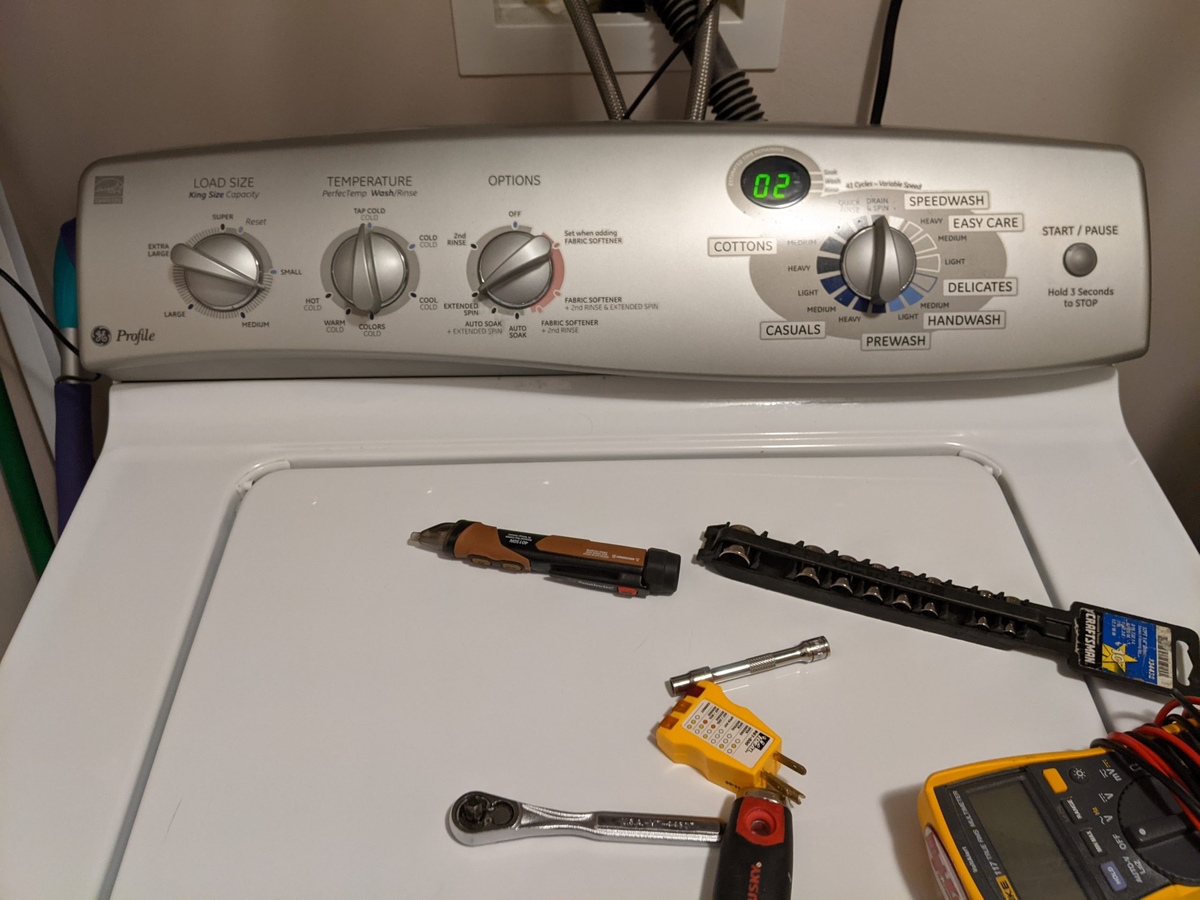

Articles
How To Access Washer Pump On Ge Stacked Washer
Modified: February 28, 2024
Want to access the washer pump on your GE stacked washer? Check out our helpful articles for step-by-step instructions on how to get it done easily and efficiently.
(Many of the links in this article redirect to a specific reviewed product. Your purchase of these products through affiliate links helps to generate commission for Storables.com, at no extra cost. Learn more)
Introduction
Welcome to this guide on how to access the washer pump on a GE stacked washer. The washer pump plays a crucial role in the proper functioning of your washing machine, as it helps to drain the water from the tub during the wash and rinse cycles. Over time, it is not uncommon for the pump to get clogged with debris or experience mechanical issues, leading to poor drainage or even a complete failure of the washing machine.
By accessing the washer pump, you will have the opportunity to inspect it for any clogs or obstructions, allowing you to clean or replace the pump if necessary. While it may seem like a daunting task, with the right tools and a little guidance, you can successfully access the washer pump and ensure your washing machine continues to work efficiently.
In this step-by-step guide, we will walk you through the process of accessing the washer pump on a GE stacked washer. By following these instructions carefully, you will be able to troubleshoot and address any issues with the pump, saving you the time and money of calling a repair service. So, let’s get started!
Key Takeaways:
- Regular maintenance and cleaning of the washer pump on your GE stacked washer can prevent poor drainage and water leakage, ensuring a more efficient and effective washing machine.
- Prioritize safety by disconnecting the power supply before accessing the washer pump, and refer to the user manual for specific instructions and guidelines to extend the lifespan of your washing machine.
Read more: How To Open Ge Stacked Washer Dryer
Step 1: Gathering the necessary tools and materials
Before you begin accessing the washer pump on your GE stacked washer, it’s important to gather all the necessary tools and materials. This will ensure that you have everything you need to successfully complete the task without any interruptions. Here is a list of the tools and materials you will need:
- Screwdriver (either flathead or Phillips, depending on the screws used on your washer)
- Pliers
- Bucket or towel to catch any water that may spill
- Flashlight or work light
- Clean cloth or sponge
Once you have gathered all these items, you are ready to move on to the next step. Having the right tools at your disposal will make the process much easier and ensure that you can access the washer pump efficiently.
It’s also worth noting that safety should always be a priority when working with any electrical appliance. Before proceeding, make sure to disconnect the power supply to your washer to avoid any accidents. This can usually be done by unplugging the washer from the power outlet or switching off the circuit breaker that supplies power to the washer.
With the necessary tools and materials in hand and the power supply disconnected, you are now fully prepared to begin accessing the washer pump on your GE stacked washer. Move on to the next step to continue the process.
Step 2: Disconnecting the power supply
Prior to accessing the washer pump on your GE stacked washer, it is essential to disconnect the power supply. This step is crucial for your safety as well as to prevent any electrical damage to the machine.
To disconnect the power supply, follow these simple steps:
- Locate the power cord of your washing machine. It is usually located at the back of the machine.
- Ensure that the washer is not in operation and that it is turned off.
- Unplug the power cord from the electrical outlet or surge protector.
- If your washer is hard-wired, locate the circuit breaker that supplies power to the washing machine and switch it off.
By disconnecting the power supply, you eliminate the risk of electrocution and allow yourself to work safely on accessing the washer pump. It’s always better to be cautious when dealing with electrical appliances.
Once you have successfully disconnected the power supply, you are ready to move on to the next step and begin the process of removing the front panel of your GE stacked washer. This will provide you with clear access to the washer pump compartment.
Step 3: Removing the front panel
Now that the power supply is disconnected, it’s time to remove the front panel of your GE stacked washer. This will give you access to the inner workings of the machine and allow you to locate the washer pump. Here’s how you can remove the front panel:
- Locate the screws that secure the front panel to the washer. These screws are usually located at the bottom of the front panel.
- Using a screwdriver, carefully unscrew and remove the screws. Set them aside in a safe place.
- Slide the front panel downwards or towards you, depending on the model of your washer, to disengage it from the top clips or hooks that hold it in place.
- Gently lift and remove the front panel from the washer, keeping it aside for reassembly later.
Removing the front panel may require some force, especially if it has been secured tightly or if there are any clips holding it in place. Take your time and be patient during this process to avoid any damage to the appliance or yourself. If you encounter any difficulty, refer to the user manual of your GE stacked washer for specific instructions.
With the front panel removed, you now have a clear view of the internal components of your washer, including the washer pump. Keep the front panel in a safe place so that it can be easily reattached when the pump access is complete.
In the next step, we will guide you on how to locate the washer pump within the machine, which is essential for accessing and inspecting it properly.
Step 4: Locating the washer pump
After removing the front panel of your GE stacked washer, it’s time to locate the washer pump within the machine. The pump is responsible for draining the water from the tub during the washing cycle. Identifying its location is crucial for accessing and inspecting it for any issues.
To locate the washer pump, follow these steps:
- Take a look at the bottom of the washer where the pump is typically positioned. The pump is usually located near the front of the machine, close to the drain hose.
- Look for a small, rectangular-shaped device with hoses connected to it. This is the washer pump.
- Take note of the position and orientation of the pump. This will help you locate it easily when accessing it for cleaning or replacement.
If you’re having trouble locating the pump, consult your GE stacked washer’s user manual. It will provide you with specific details and diagrams to help you identify the exact location of the washer pump within your appliance.
Once you have successfully located the washer pump, you are ready to move on to the next step – accessing the pump itself. This will allow you to check for any clogs or obstructions and resolve any issues that may be affecting the proper functioning of the pump or your washing machine.
To access the washer pump on a GE stacked washer, first unplug the machine and remove the front panel. The pump is usually located at the bottom of the machine. Disconnect the hoses and wiring, then remove and replace the pump as needed.
Step 5: Accessing the washer pump
Now that you have located the washer pump in your GE stacked washer, it’s time to access it. This step will enable you to inspect the pump for any clogs, obstructions, or mechanical issues that may be affecting its performance. Follow the steps below to access the washer pump:
- Take a close look at the pump and identify any clips, brackets, or screws that are holding it in place.
- Using a screwdriver or pliers, carefully remove any screws or fasteners holding the pump in place. Set them aside in a secure area.
- Inspect the area around the pump and remove any clips or brackets that may be securing it.
- Gently pull the pump out from its position, being cautious not to damage any hoses or wiring connected to it.
As you access the washer pump, take note of the connections, including the hoses and electrical wiring. Ensure you remember how they are attached, as this will be important during reassembly.
If the pump seems stuck, apply a gentle amount of force while pulling it to avoid any damage. However, be careful not to exert too much pressure, as this could cause further complications.
With the pump accessed, you can now move on to the next step, which involves checking for any clogs or obstructions that may be causing drainage issues in your washing machine.
Step 6: Checking for any clogs or obstructions
Now that you have accessed the washer pump in your GE stacked washer, it’s time to check for any clogs or obstructions that may be affecting its performance. Clogs can prevent proper water drainage and lead to issues such as standing water or poor cleaning results. Follow these steps to check for any clogs or obstructions:
- Inspect the pump and its surrounding area for any visible debris, such as lint, coins, or small objects. Use a flashlight or work light to get a better view if necessary.
- Carefully remove any visible debris from the pump using pliers or your fingers. Be gentle to avoid damaging the pump or its components.
- Check the hoses connected to the pump for any clogs. Disconnect the hoses and inspect them for obstructions. If you find any blockages, clear them using a clean cloth or a plumbing snake.
- Examine the impeller of the pump, which is responsible for pumping the water. Ensure that it spins freely and is not obstructed by any debris. If it appears to be stuck or damaged, you may need to replace the pump.
It’s important to be thorough in your inspection to ensure that all clogs and obstructions are removed. Even small debris can cause significant issues with the pump and hinder its performance. Clearing any blockages will help restore proper water drainage and improve the overall efficiency of your washing machine.
Once you have checked and cleared any clogs or obstructions, you can proceed to reassemble the washer and test its functionality. Follow the next step to learn how to reassemble the washer and complete the process.
Step 7: Reassembling the washer
After inspecting the washer pump, removing any clogs or obstructions, and ensuring that everything is in proper working condition, it’s time to reassemble the washer. Reassembling the washer is crucial to restore its functionality and ensure that all components are securely in place. Follow these steps to reassemble your GE stacked washer:
- Position the washer pump back into its original position, aligning it with the mounting holes or brackets.
- Secure the pump by reattaching any clips, brackets, or screws that were removed during the access process. Make sure that all connections are tight but not overly tightened to avoid damaging the pump.
- Reconnect any hoses that were disconnected earlier, ensuring a secure and leak-free connection.
- Check the impeller once again to ensure it spins freely and is not obstructed.
- Retrieve the front panel that was removed in Step 3 and carefully reattach it to the washer. Slide it back into place and secure it with the screws that were previously removed.
- Plug in the power cord or switch on the circuit breaker to restore power to the washer.
Once you have successfully reassembled the washer, it is important to test its functionality. Run a test cycle to ensure that the pump is working properly and that water is draining without any issues. Monitor the operation of the machine to confirm that everything is in proper working order.
If you continue to experience issues with water drainage or if the pump is still not functioning correctly after reassembly, it is advisable to consult a professional for further assistance. They will be able to diagnose and address any underlying problems that may require expert knowledge or replacement parts.
Congratulations! You have successfully accessed and inspected the washer pump on your GE stacked washer. Regular maintenance and cleaning of the washer pump can help keep your washing machine running smoothly and prolong its lifespan. Remember to refer to your appliance’s user manual for specific instructions and always prioritize safety when working with electrical appliances.
Conclusion
Accessing the washer pump on your GE stacked washer is a crucial step in maintaining a well-functioning washing machine. By following the steps outlined in this guide, you have learned how to gather the necessary tools, disconnect the power supply, remove the front panel, locate the washer pump, access it for inspection, and check for any clogs or obstructions. Additionally, you have gained knowledge on how to reassemble the washer and test its functionality.
Regular maintenance and cleaning of the washer pump can help prevent issues such as poor drainage, water leakage, and damage to other components of your washing machine. Checking for clogs and obstructions allows you to address and resolve any problems before they escalate, leading to a more efficient and effective washer.
Remember to always prioritize safety when working with electrical appliances. Disconnecting the power supply before accessing the washer pump is crucial to avoid any accidents or electrical damage. Additionally, refer to your GE stacked washer’s user manual for specific instructions and guidelines.
By taking the time to inspect and maintain your washer pump, you can extend the lifespan of your washing machine and enjoy clean and fresh laundry for years to come. Should you encounter any persistent issues or difficulties during the process, it is recommended to seek professional assistance for further guidance.
We hope that this guide has been helpful to you in accessing the washer pump on your GE stacked washer. By successfully completing this task, you have taken an important step in keeping your washing machine in optimal working condition. Happy washing!
Frequently Asked Questions about How To Access Washer Pump On Ge Stacked Washer
Was this page helpful?
At Storables.com, we guarantee accurate and reliable information. Our content, validated by Expert Board Contributors, is crafted following stringent Editorial Policies. We're committed to providing you with well-researched, expert-backed insights for all your informational needs.

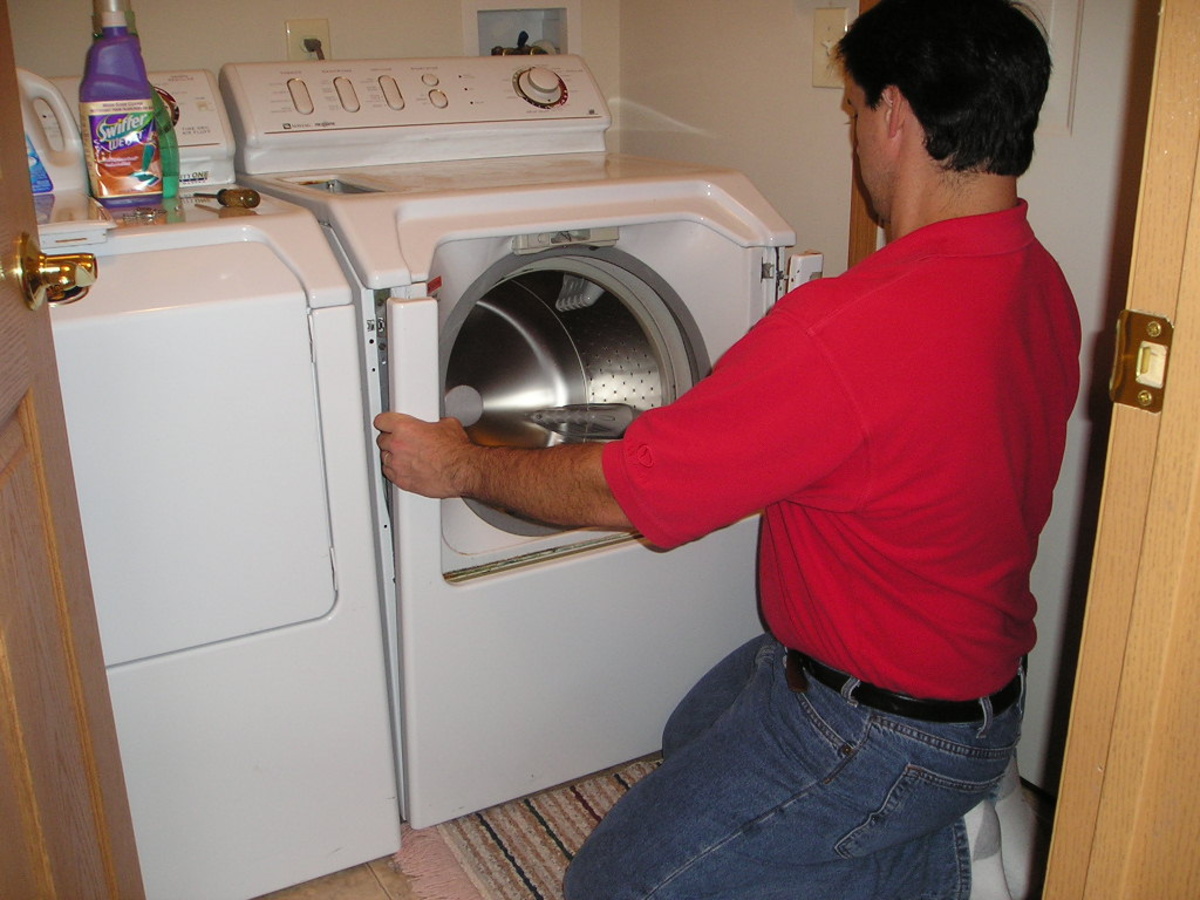

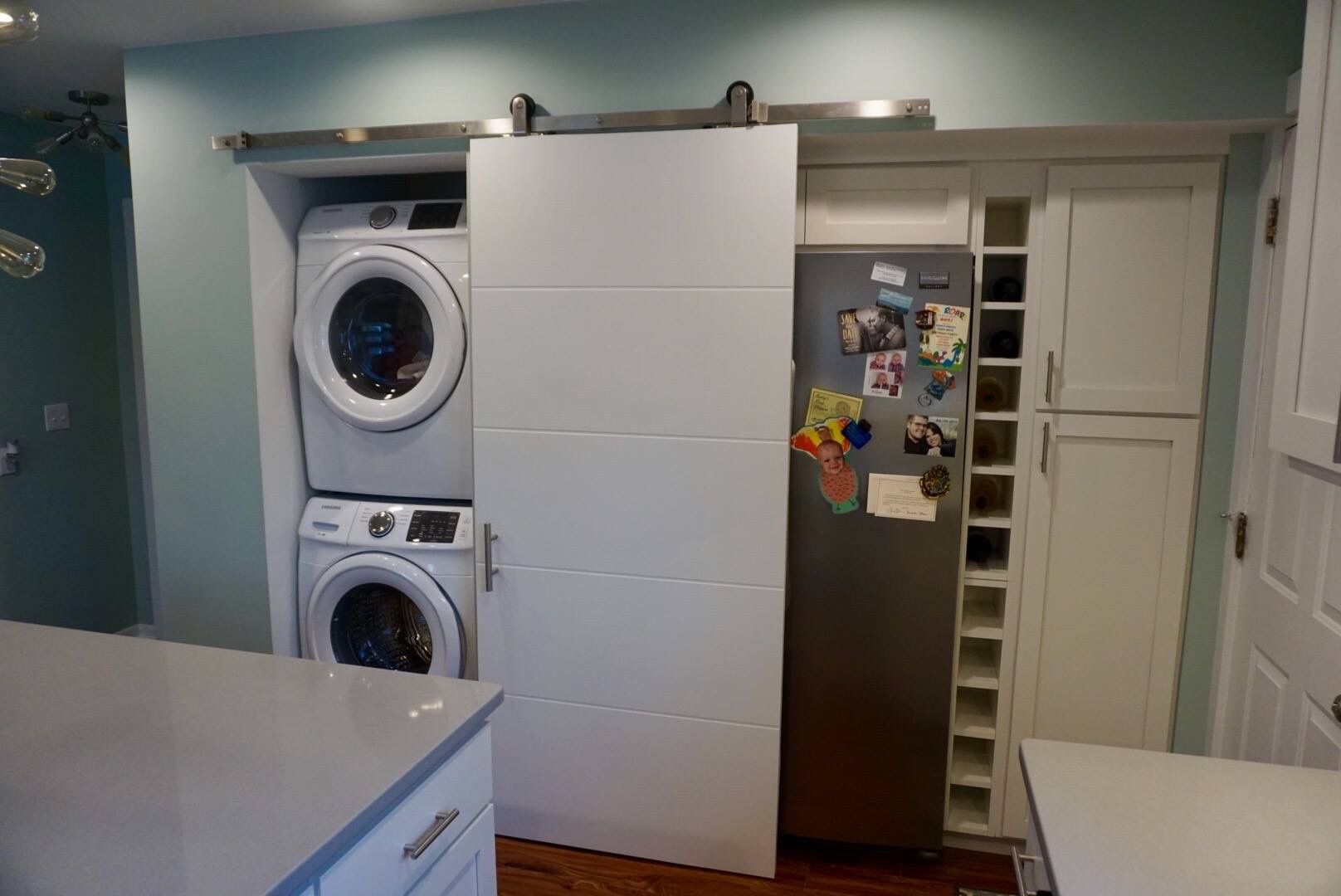


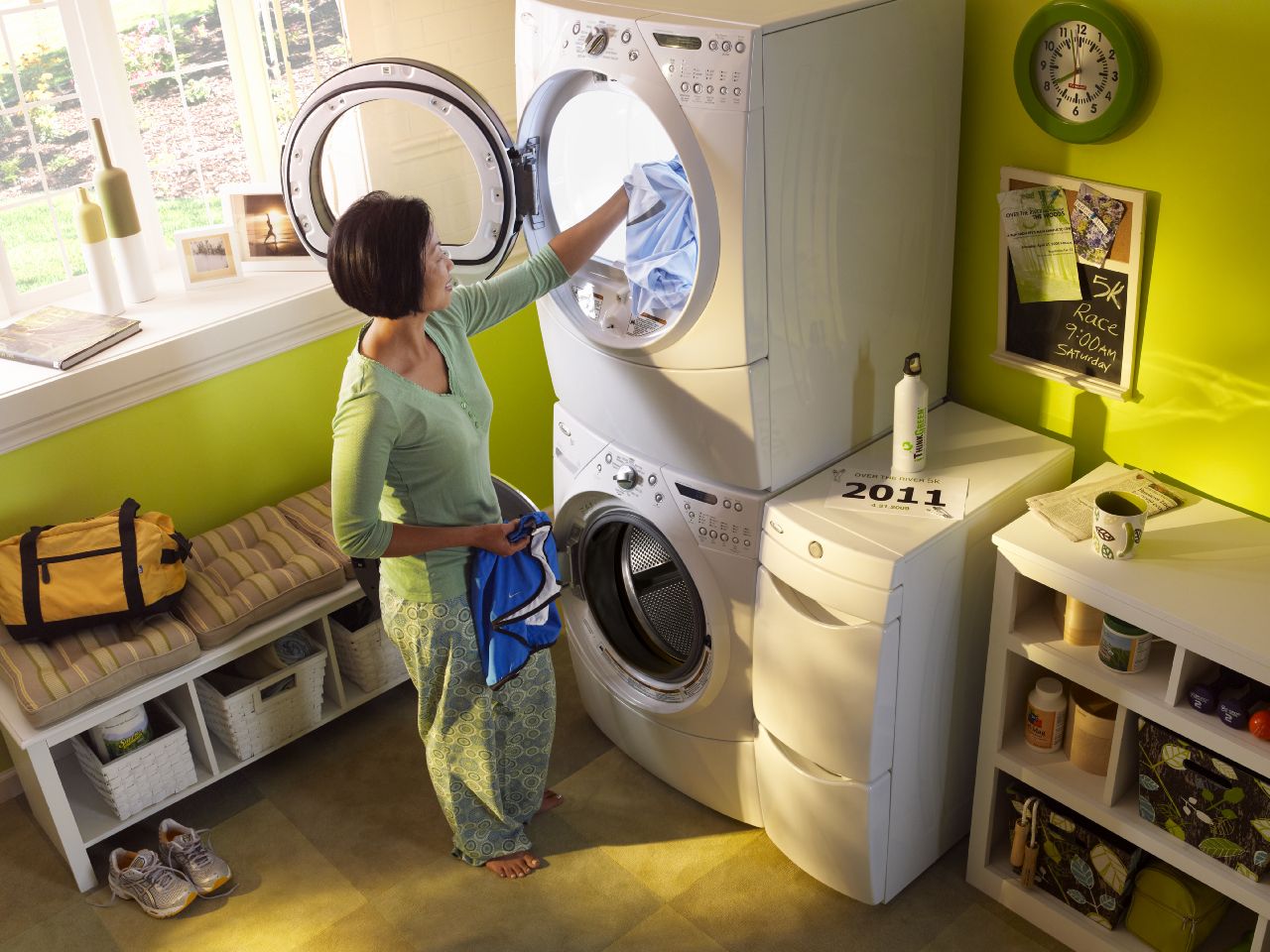
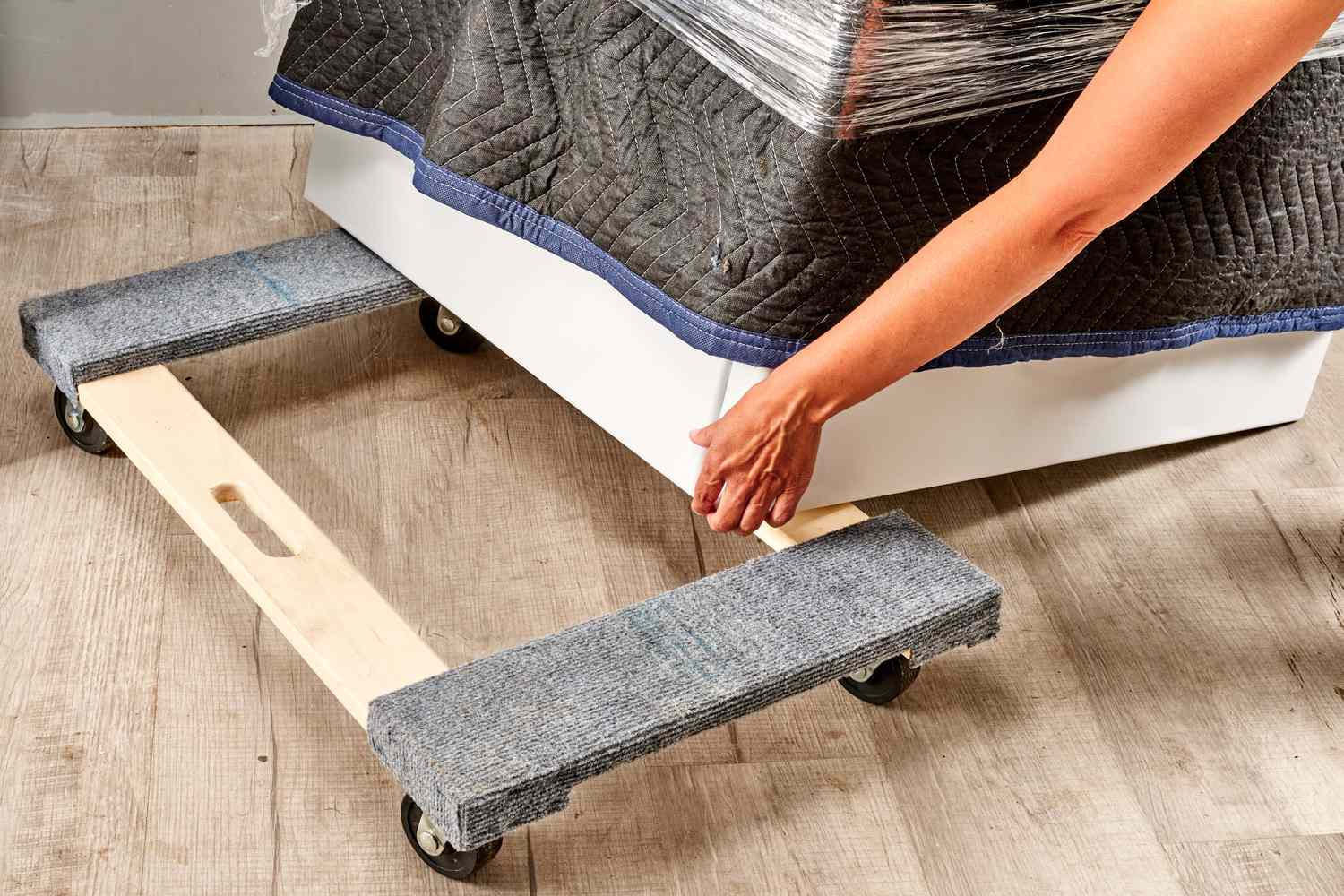

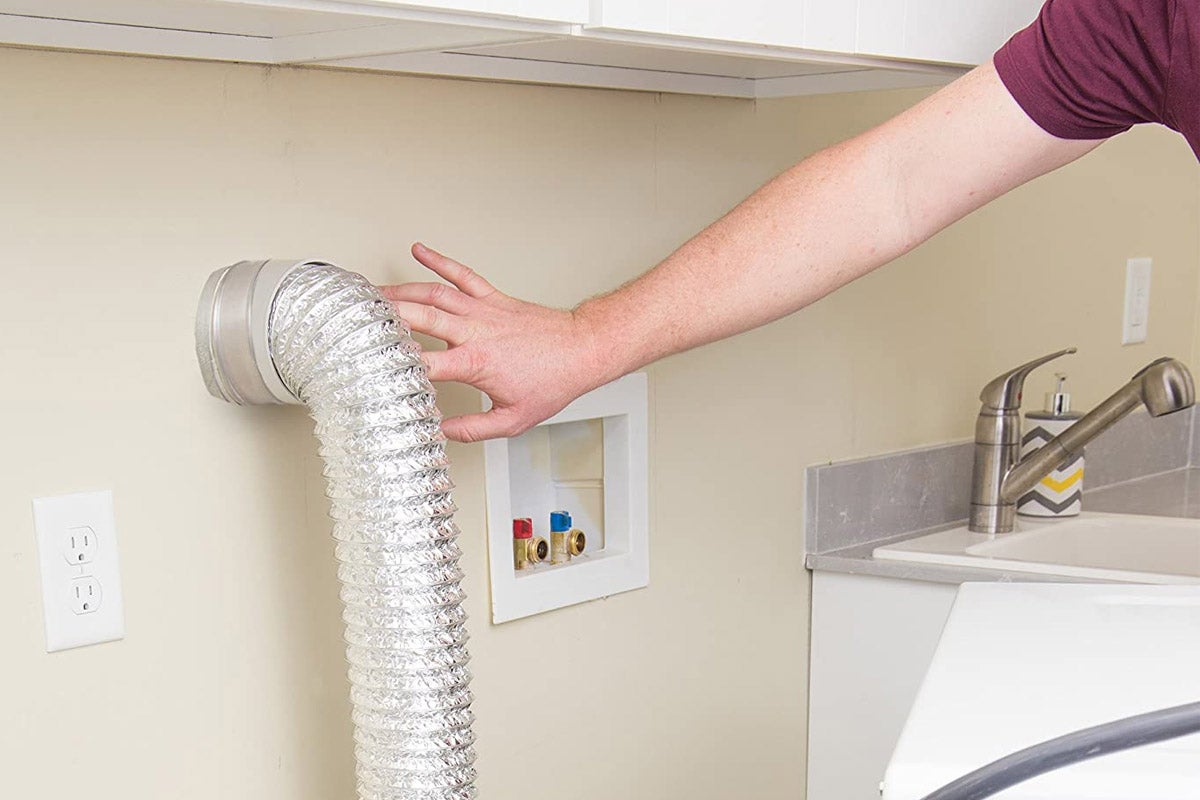
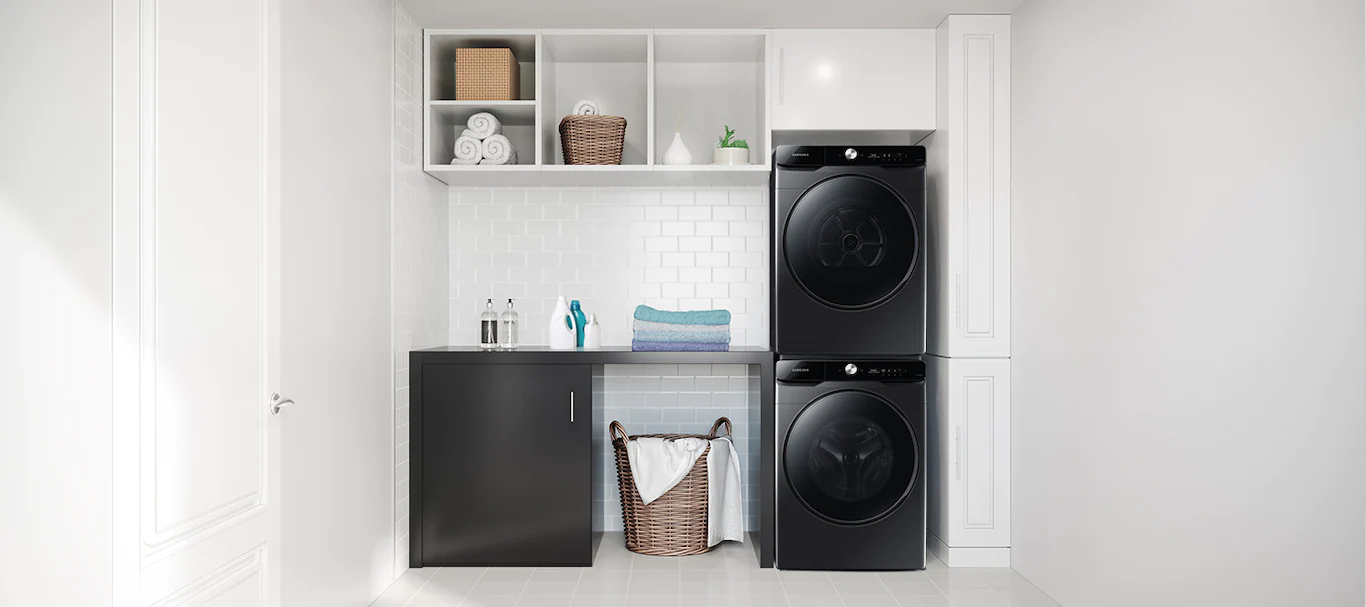

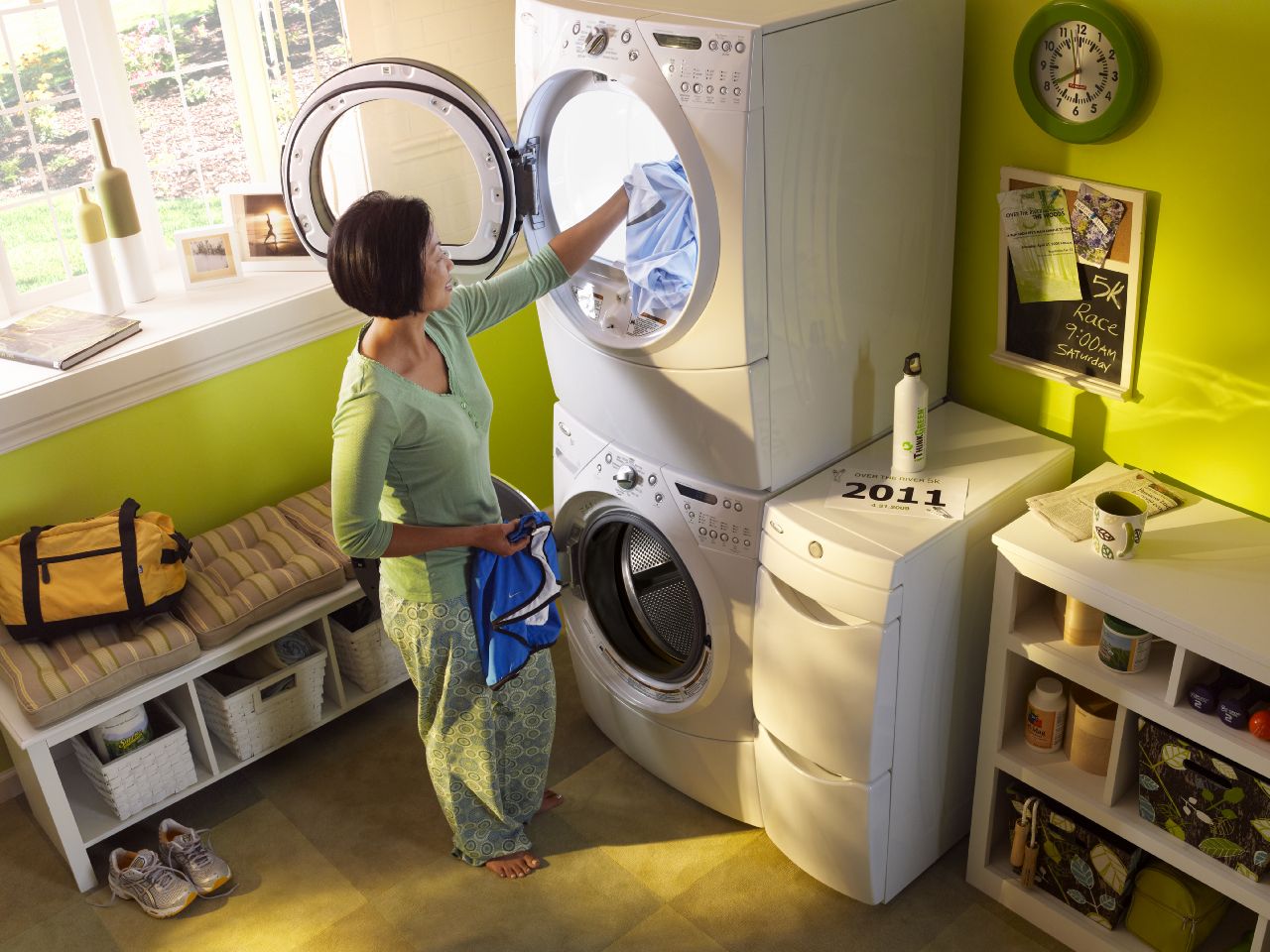


0 thoughts on “How To Access Washer Pump On Ge Stacked Washer”